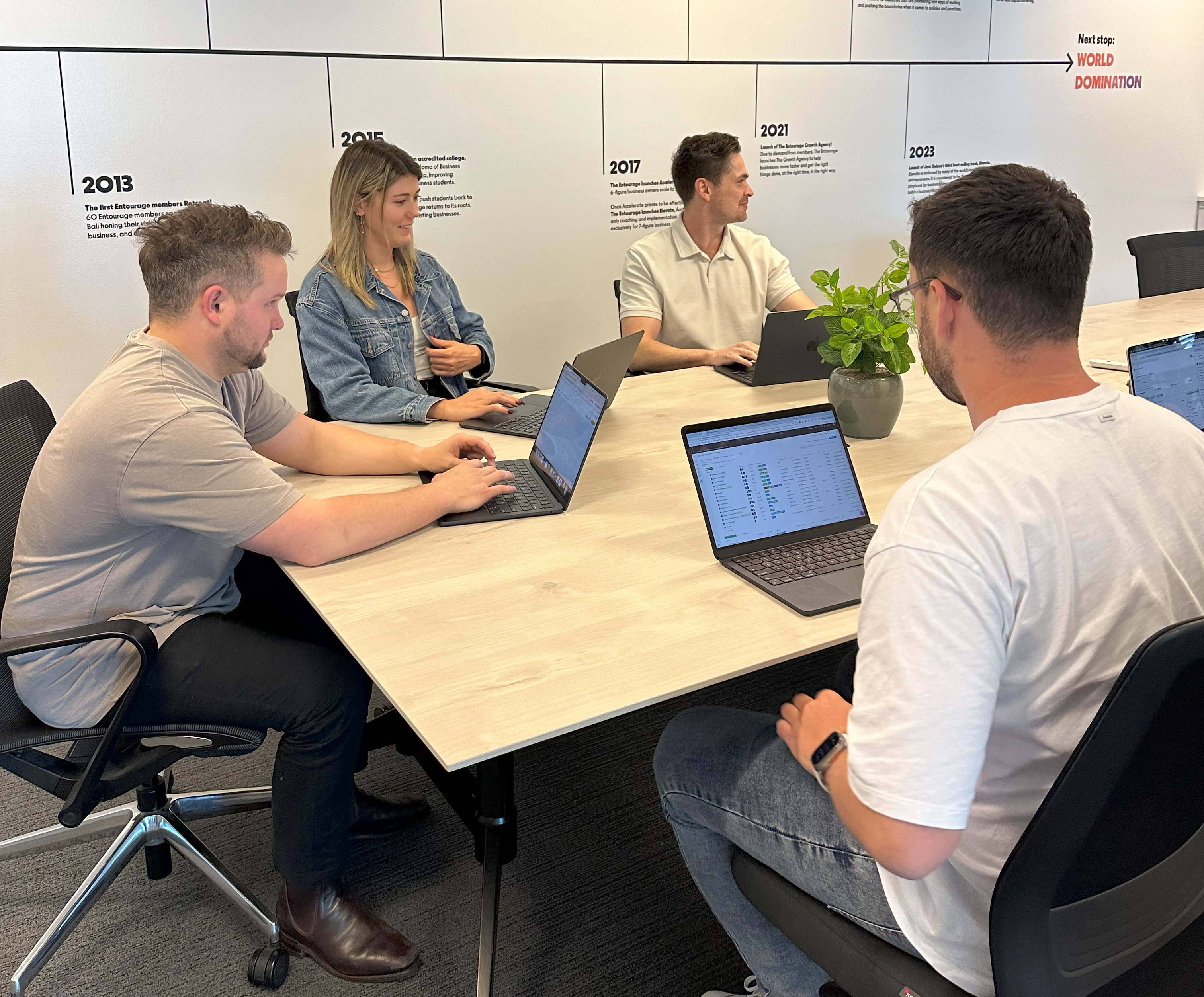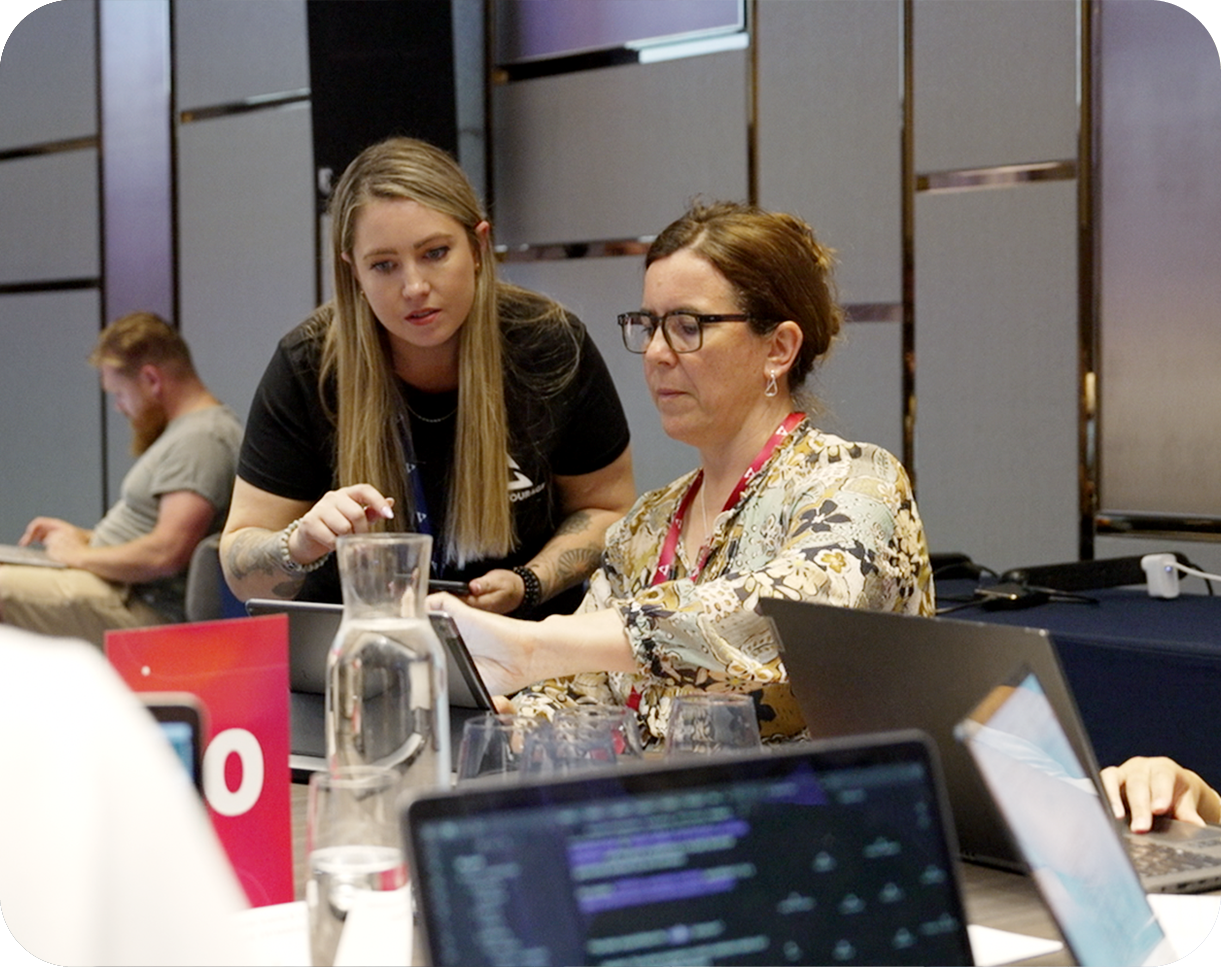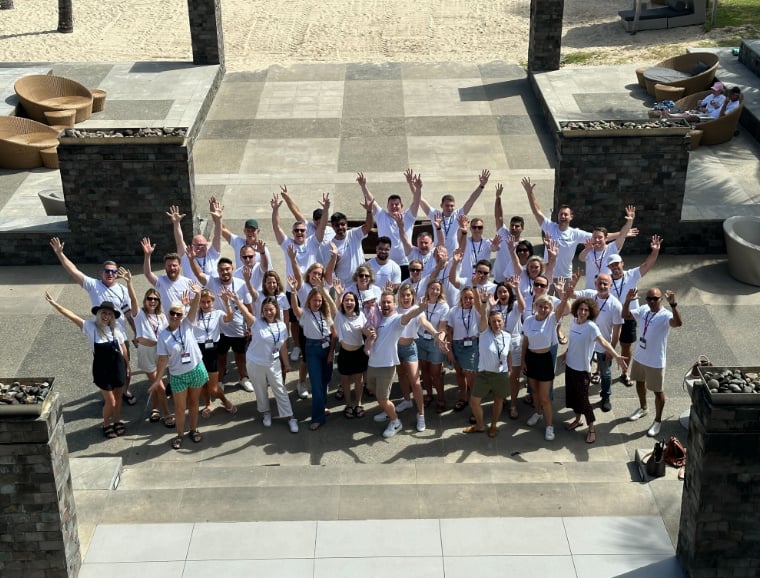Building online visibility is no longer a luxury, it is a necessity for brands of all sizes. In an era where audiences turn to search engines, social platforms, and review sites before making decisions, visibility can directly influence credibility and growth.
This isn’t limited to one industry; even the iGaming sector demonstrates how strategic online exposure shapes reputation, with comparison sites publishing detailed reviews for Aussies that highlight the best options available. The lesson here is clear: visibility depends on more than having a website, it requires a proactive, multifaceted strategy.
Boosting Visibility Through Smarter SEO
Search engine optimization (SEO) is often the backbone of online visibility. When someone Googles “best running shoes” or “affordable interior designers,” the brands that appear on the first page are instantly positioned as credible choices. Take Nike as an example. Their product pages consistently rank well because they combine clean design with detailed product descriptions, customer reviews, and fast loading speeds. They don’t just sell shoes, they provide an optimized experience that search engines reward.
Smaller businesses can adopt the same approach on a manageable scale. A neighborhood bakery, for instance, could improve its rankings by sharing seasonal recipe blogs or fine-tuning “near me” keywords to attract local searches. Straightforward steps like writing descriptive title tags, organizing content with clear headings, and keeping posts fresh can make a big difference when competing with larger brands.
Technical factors also play a huge role. Page speed, mobile-friendliness, and a logical site structure influence how search engines view your website’s usability. If visitors leave because your site takes too long to load, both search engines and potential customers notice.
Leveraging Social Media with Intention
Social media is no longer just about posting updates; it’s about showing up in the right way for your audience. A good example is Wendy’s on X. They built visibility not just by promoting their menu but by creating a witty, conversational presence that fans love to engage with. That tone of voice gave them a digital personality, making the brand more memorable.
Smaller companies can take a lot from this. The goal isn’t to be everywhere, but to be consistent where it matters most. Choosing one or two platforms that align with your audience can have a bigger impact than trying to juggle them all.
- A B2B software business might focus on LinkedIn, sharing useful insights and thought leadership.
- A boutique fashion brand could thrive on Instagram, posting short reels, styling tips, or behind-the-scenes clips.
The key is showing up regularly in a way that feels authentic to the brand and valuable to the audience.
Expanding Reach With Varied Content
Content marketing has moved far beyond blog posts. Today, it includes podcasts, YouTube tutorials, infographics, and concise downloadable guides. Canva is a strong example. They didn’t limit themselves to showcasing design tools, they created free tutorials, ready-to-use templates, and style resources. By doing so, they reached people who weren’t even paying customers and earned a reputation as a go-to source for design education.
When brands diversify their content, they meet people in their preferred format. Some audiences would rather watch a short video than read a detailed article. Others find value in an infographic they can quickly save for later. Repurposing the same idea into multiple formats ensures that no audience segment is overlooked.
Here are a few ways to approach it:
- Podcasts – great for in-depth discussions and thought leadership.
- Short-form videos – perfect for quick how-tos and product demos.
- Infographics – easy-to-digest visuals that people can save and share.
- Guides and templates – resources that provide ongoing value and build authority.
Consistency is equally important. A blog that publishes a handful of posts and then disappears for months won’t stay top of mind. Setting a clear publishing rhythm—whether it’s weekly updates, monthly reports, or seasonal campaigns—helps maintain visibility. Over time, this steady presence builds authority and signals to search engines that the brand is active and trustworthy.
Building Meaningful Visibility Through Communities
Online communities have become gathering places where people look for advice, share knowledge, and connect around shared interests. Patagonia is a strong example of how a brand can grow visibility in these spaces. They join discussions about sustainability and climate action, which makes them stand out as a genuine part of the conversation and not just a business selling gear.
Smaller companies can apply the same principle on a more targeted level. Participating in niche groups on Reddit, Facebook, or dedicated Slack channels helps open the door to meaningful interactions. The focus should be on offering value—answering questions, giving practical tips, or contributing insights that matter. Over time, this builds trust and helps a brand become recognizable for its contributions rather than its promotions.
Related Categories
Ryan Terrey
As Director of Marketing at The Entourage, Ryan Terrey is primarily focused on driving growth for companies through lead generation strategies. With a strong background in SEO/SEM, PPC and CRO from working in Sympli and InfoTrack, Ryan not only helps The Entourage brand grow and reach our target audience through campaigns that are creative, insightful and analytically driven, but also that of our 6, 7 and 8 figure members' audiences too.





